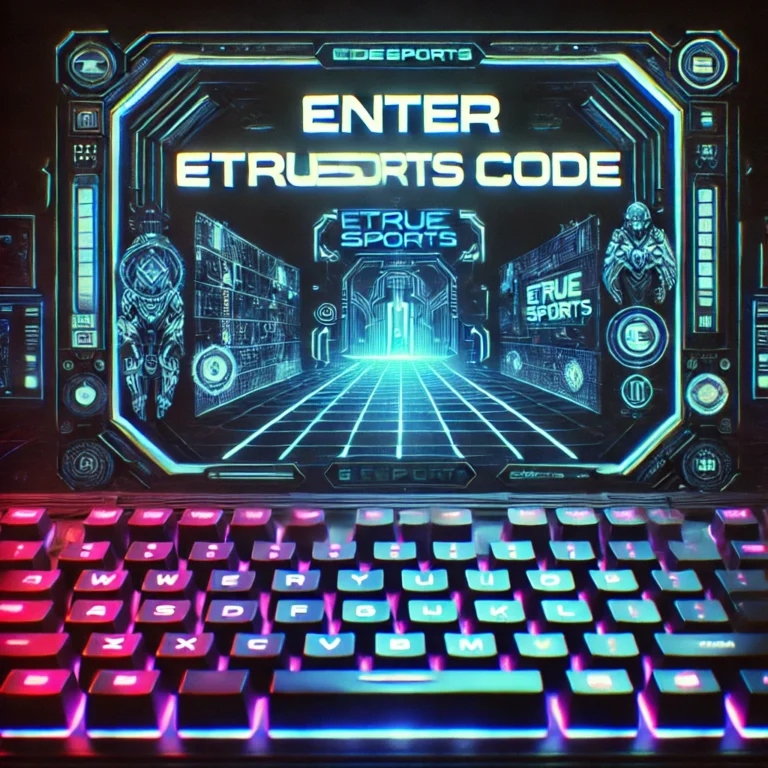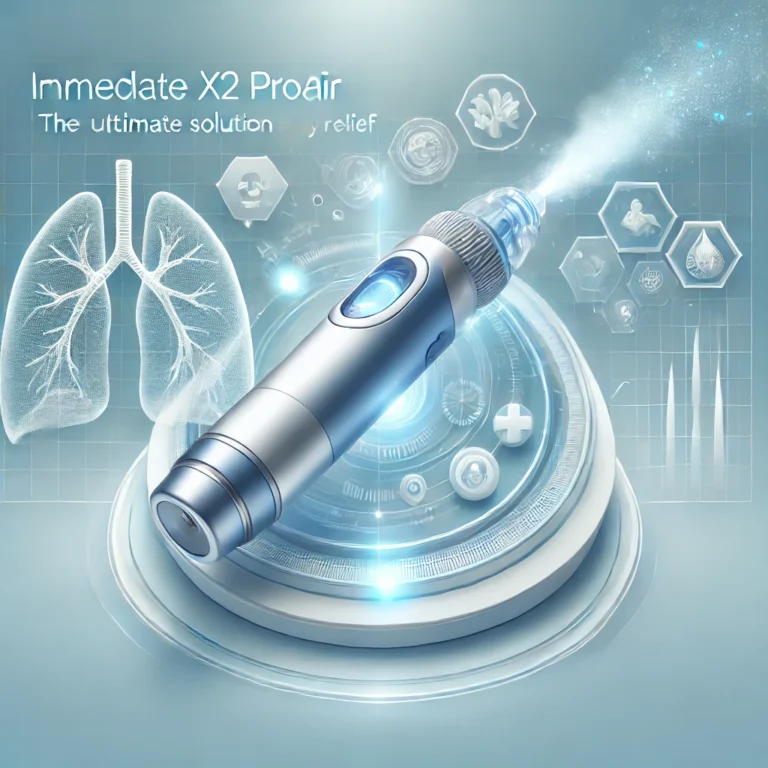Safeguarding digital identities and ensuring the integrity of confidential information has become crucial with technological advancements, as cyber fraudsters use sophisticated tactics to facilitate their nefarious maneuvers. Cybercriminals have become sophisticated to this level and can even dodge biometric authentication systems by using stolen or manipulatively acquired identities. Biometric identifiers like fingerprints or facial patterns, unique to each individual, are considered resistant to spoofing. However, tech-savvy fraudsters have discovered ways to replicate or spoof biometric data. In the fight against spoofing attempts, liveness detection emerges as a beacon of security that accurately authenticates genuine users and actively flags fake identities.
Understanding Liveness Detection
Liveness detection is a concept that checks and guarantees that the biometric sample such as fingerprint, facial image, or voice is obtained from the live person at the time of capturing. This technology is crucial in preventing spoofing attacks, in which the attacker can use a photograph, a mask, or recorded videos to impersonate the biometric system.
The Importance of Liveness Detection
Why did people pay so much attention to the issue of liveness detection? So, few people can answer when such biometrics are used in daily routine activities, that take place. Whether you are using a smartphone or credit card, paying at a store, or traveling, biometrics are present. Should someone forge a fingerprint or even a photo, the issues may turn acute and dangerous. Presence identification is critical to complement the liveness detection as it certifies the biometric sample as original and from a real, alive person.
The User Experience Challenge
Thus, despite the increased focus on the liveness detection that improves the security of the application, the approach applied results in a poor experience for a user. Have you ever attempted using the facial recognition feature to unlock your phone only to realize it is dark and you have to turn and twist in all sorts of ways to get it to register? That’s liveness detection in action unfortunately, that can be as aggravating as it is helpful.
The problem here is to find the techniques for liveness detection that would be quite effective and at the same time explain the possible outcomes to the users in a comprehensible manner. If it is too strict, then users are locked out with false negatives, and checking for downloads becomes a nightmare. Too lenient and you give room for insecurity. Well, how can one achieve the best balance to this?
Exploring Liveness Detection
Liveness detection technology checks the actual presence of the customers and ensures whether the claimed identity is of a living person or just a photo. The technology uses complex AI algorithms to distinguish real people from fake ones based on data sets containing both real and fake identities. It uses biometric features such as 3D facial recognition, depth sensing, or motion analysis to separate real and fake identities.
The individual who needs access to the system stands in front of the specialized facial recognition camera and follows instructions to perform specific actions or gestures. By detecting and evaluating subtle and challenging motions or expressions, which are difficult to imitate with still images or other false attacks, liveness detection ensures the genuineness of the stated identity.
Categories of Liveness Detection Technology & How They Work
You can categorize liveness detection technology in many ways, but for this case, let’s classify it as active and passive liveness detection and how these categories confirm the user’s liveliness.
- Active Liveness Detection
Active liveness detection verifies the liveness of the claimed identity by requiring the user to perform specific actions like smiling, blinking, or moving the head in a certain direction. This technology employs depth sensing and motion analysis to evaluate the subtle-movements. A genuine person will actively perform the required actions, however it would be challenging for spoofed or fabricated identities to mimic humanistic gestures. This difference effectively flags the fabricated identities, reducing the risks of fraudulent activities.
- Passive Liveness Detection
Passive liveness detection is a user-centric approach as it doesn’t require users to perform certain actions or movements, rather it captures a high-resolution image of the person and evaluates the facial data precisely. The technology looks for inconsistencies or minutely evaluates the texture details, as fake identities can’t rightly mimic skin texture or micro-expressing, indicating the presence of spoofed identities.
Significance of Improving User Convenience
Liveness detection online, developed to confirm the authenticity of the user, enhances the security of online identities and actively flags spoofed identities to prevent the exploitation of stolen identities for fraudulent activities. Developers prioritize user convenience while creating security technology to boost user acceptance.
User-friendly and hassle-free authentication
When a smooth and efficient liveness detection process quickly authenticates people without time-consuming steps, it creates convenience and keeps people engaged. In addition, due to the simplicity of the identification process, there is enormous likelihood of the enthusiastic reception of the technology among the users.
Minimize Use Inconvenience
A long or complex authentication process frustrates the users and sometimes the users do not even go through the full verification process. The fast verification that guarantees the authenticity of the users enables the user content and fosters healthy verification practices.
Encourage User Acceptance
As a result, increasing the awareness of users about the verification process becomes easy to implement and subsequently results in improved user satisfaction and acceptance of the digital platforms. This is why the technology is readily accepted as it impacts the shelf life of the product positively.
How to Strike a Careful Balance between Security & Convenience
Security and user convenience go hand in hand. While maintaining the integrity of digital identities is important, you can’t compromise on user convenience. To strike a balance between security and convenience, it’s crucial to explore how different methods are favorable for users. Furthermore, cyber fraudsters are continually evolving their deceptive tactics to circumvent biometric authentication systems and conduct illegitimate activities. That’s why liveness authentication technology must upgrade the verification strategies to stay ahead of the curve.
Integrating liveness authentication online with other verification methods like OTPs or passwords, adds an extra layer of security making it challenging for fraudsters to evade authentication systems. 3D liveness detection which deploys motion analysis, texture analysis 3D depth sensing, and machine learning accurately verifies the genuine identities and flags fabricate identities by minutely analyzing subtle movements.
Final Thoughts
3D facial liveness acts as a powerful security tool against the battle of spoofed attempts and deepfakes. It reduces the risks of unauthorized access to services or systems by flagging fabricated identities in real time, making it harder for cyber fraudsters to bypass the authentication process. Despite the potential security measures, a complex or intrusive liveness detection process could frustrate users and hinder the widespread adoption of the technology. Therefore, it’s essential to develop strategies that can preserve a healthy balance between security and user convenience.
FAQs
Q1: What is liveness detection?
Liveness detection is a technology used to verify that a biometric sample, such as a fingerprint or facial image, is being captured from a live person present at the point of capture, rather than from a fake or spoofed source.
Q2: Why is liveness detection important?
It is crucial for preventing spoofing attacks, where fraudsters use fake biometric samples to deceive security systems. It adds an extra layer of security to biometric authentication processes.
How does liveness detection impact user experience?
While liveness detection improves the security of processes, it can have a negative impact on users if incorporated inappropriately. If the detection process is sensitive or interferes with the application’s normal operation, the users will suffer from increased response time, frustration or errors. It is ideal to achieve an optimal balance between security and user-friendliness of the services to avoid complications.















